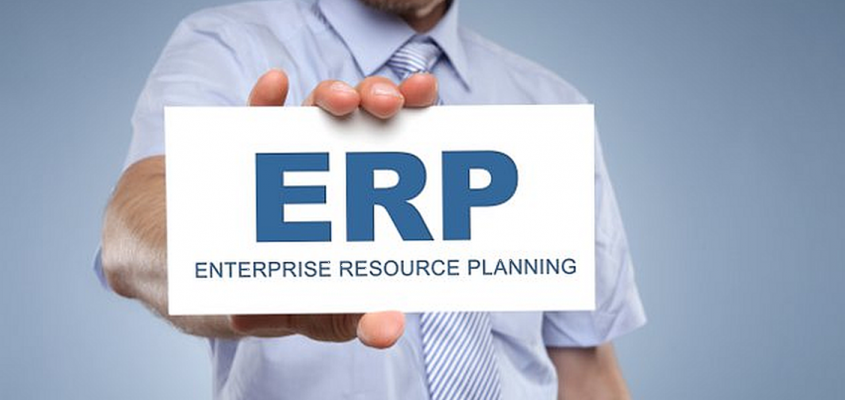The factors that contribute to the cost of an SAP Business One implementation project are many and varied. Moreover, the long-term costs must always be kept in mind. In our new series we want to look at all cost aspects.
When I recently looked at the statistics of the number of hits on our blog, the result was as expected and usual. Many visitors were interested in the costs behind the implementation of an ERP software like SAP Business One. Now the corresponding article "Prices and costs for SAP Business One" already a bit older, from 2010 to be precise (but has been revised in the meantime). A lot of time has passed in the IT industry (also in the ERP sector).
So has anything changed since then? Yes and no. Many fundamental considerations remain the same. And yet some factors have developed in such a way that they need to be mentioned in order to keep up. That's why I decided to take another thorough look at the subject. And because this is neither easy nor quick, the a multi-part series.
What is written here about SAP Business One can be adapted in many areas to other software packages from the ERP world. Not to mention many applications from the field of business software.
This last point also leads to the first cost-relevant consideration:
Different goals - different costs ? Or concentration saves money
Introducing software like SAP Business One usually has an important reason. No medium-sized company decides to introduce ERP on a whim. The path is undoubtedly too arduous and costly for that. One thing should be clear. A business software with many thousands of functions can be implemented at completely different depths. The rule is ? the deeper, the more complex, the more cost-intensive. Studies show that small and medium-sized businesses actually use only 30 % of the software functions they buy.
This does not necessarily mean that one would have wasted money on 70 %. standard software like SAP Business One covers the processes of many different companies. However, it also does not mean that you have saved anything if you do without functionality from the standard portfolio of SAP Business One. This can lead to interruptions in system processes that have to be bridged at great expense.
Everyone will be happy means everything will also be more expensive.
Every employee in your company will certainly have wishes for data processing that will make his or her life easier. The good news is: to a large extent we can actually fulfil them with SAP Business One. The bad news is that all of this causes direct and indirect costs.
An example: The sales department had previously worked with a non-integrated CRM software and is now to switch to the integrated CRM module of SAP Business One. He notices a significant difference. In the old CRM software, the addressee of all actions was largely the contact. This is a singular person who also has a company address. In SAP Business One, the central object is the business partner, who holds all the important metadata necessary for integrated processes. One of these data is the contact person, which actually corresponds to the contacts in the old CRM software.
But because people in general, and sales in particular, have difficulty with changeovers, people have often had the idea of leaving the old CRM software in operation and docking it onto SAP Business One via an interface. No problem! Technically, this is now a finger exercise - no matter what CRM software wants access to SAP Business One. However, this is only half the battle. Is it as easy with the old CRM software? Is it possible at all? Does the software even have the structure. And you have already launched an expensive parallel project that has little or nothing to do with your actual goals.
Calculation approach:
You have determined the cost of implementing SAP Business One with the included functions. Or they were offered to you. For each "extra" that goes beyond the adaptation of fields or evaluation, you should add approx. 10 % to the total budget (without licences).
It is the business objectives that count for a business software. Nothing else!
TIP 1:
First of all, focus on the processes that are the real reason why you want to install SAP Business One in the first place. These are processes that are often executed or account for a disproportionate share of the process costs. This is the actual benefit and brings the return of investment!
TIP2:
For each process you want to adapt from the functional standard, ask yourself: How often does the process occur and how many people are affected by it?
Tip3:
Do not deviate from your goals without good reason. If these goals should be changed or expanded, then only do so in a documented manner, with good reasons given!
Therefore:
Hands off 'everyone will be happy' concepts. There is a reason why you chose an integrated business application like SAP Business One. It will pay off in many places ? and yes- hurt in some places.

SAP Business ByDesign vs SAP S/4HANA Cloud

SAP Business One vs SAP Business ByDesign

Business process reengineering before ERP implementation

Enterprise software adoption - surprisingly non-technological

ERP selection ? if it were that easy / part 9


